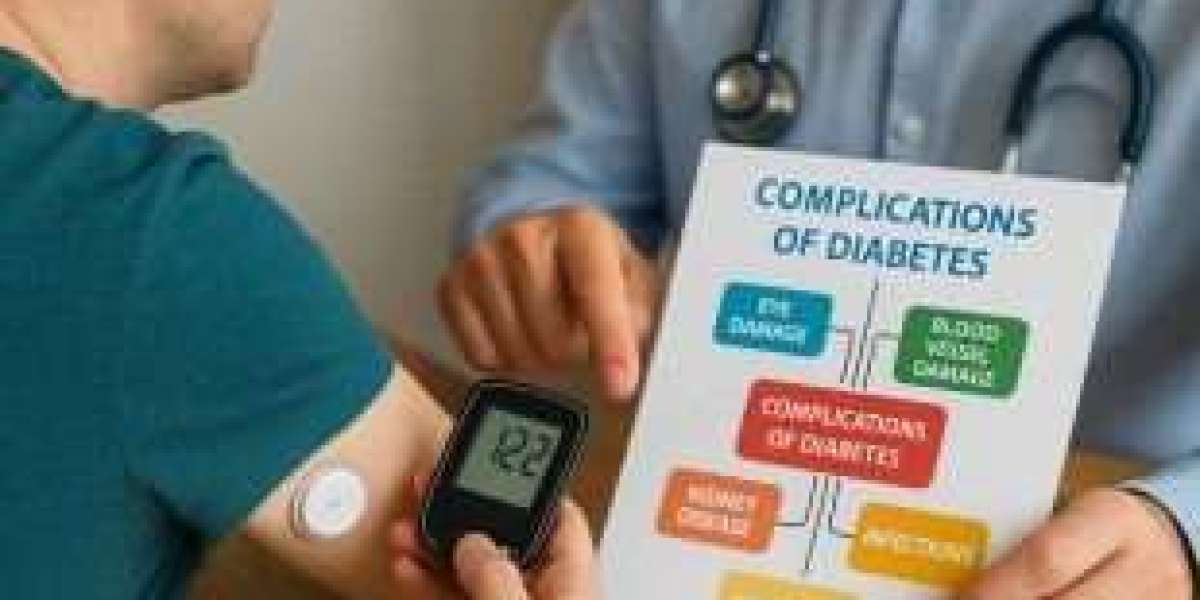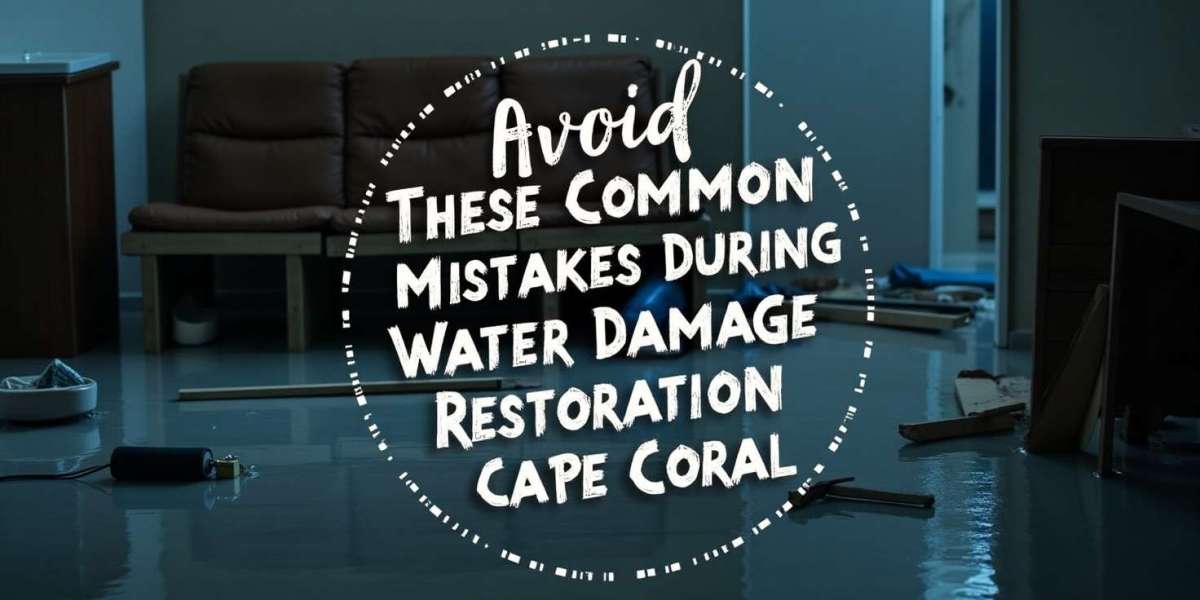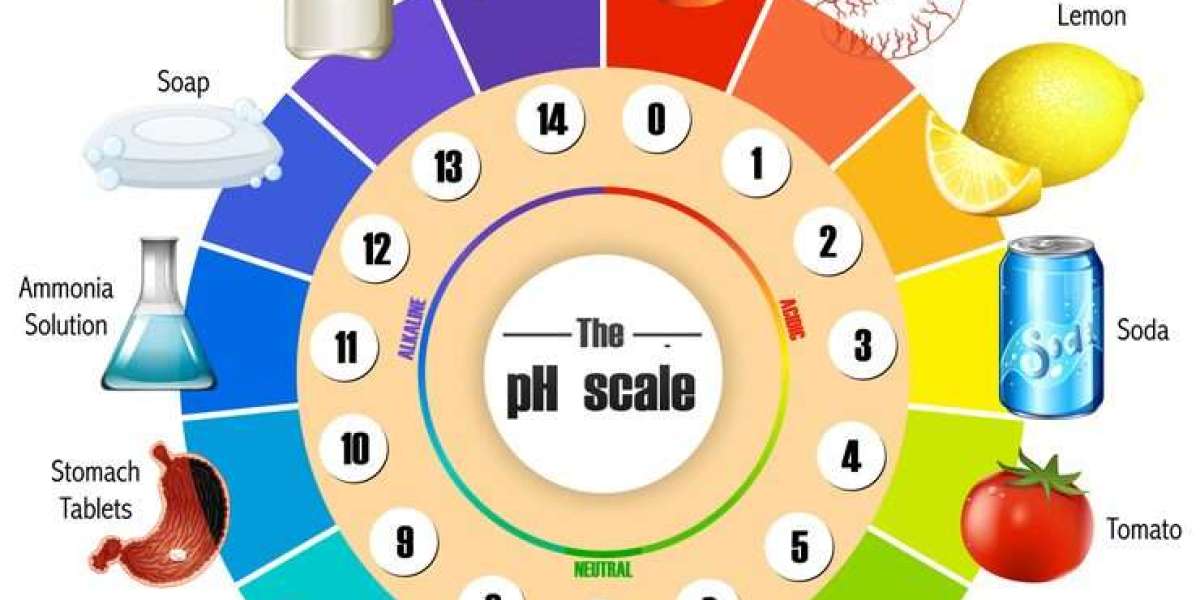The bile ducts are an important part of the digestive system. They carry bile, a fluid produced by the liver, to the gallbladder and small intestine. Bile helps break down fats and absorb certain nutrients, making it essential for proper digestion. When these ducts become blocked, infected, inflamed, or damaged, serious health problems can develop.
Bile Duct Diseases can affect people of different ages, though they are more common in adults. Understanding the causes, symptoms, and treatment options for these conditions can help in recognizing early warning signs and seeking timely medical care.
What Are Bile Duct Diseases?
The term refers to a group of disorders that impair the structure or function of the bile ducts. These conditions can be acute (short-term) or chronic (long-lasting) and may be caused by infections, autoimmune disorders, gallstones, cancer, or congenital defects.
The bile ducts are a network of thin tubes that start in the liver and join to form the common bile duct. This duct connects to the small intestine, allowing bile to aid in digestion. If bile flow is obstructed or altered, toxins and waste products can build up in the body, leading to complications.
Common Types of Bile Duct Diseases
- Gallstones in the Bile Duct (Choledocholithiasis)
Gallstones can form in the gallbladder and travel into the bile ducts, blocking the flow of bile. This can cause pain, jaundice (yellowing of the skin and eyes), and infections. - Bile Duct Inflammation (Cholangitis)
Often caused by bacterial infections, cholangitis can be life-threatening if not treated promptly. It usually requires antibiotics and sometimes procedures to remove blockages. - Primary Biliary Cholangitis (PBC)
An autoimmune disease that slowly destroys the bile ducts inside the liver, leading to bile buildup and liver damage over time. - Primary Sclerosing Cholangitis (PSC)
This chronic condition causes inflammation and scarring of the bile ducts. It is often linked with inflammatory bowel disease and may eventually require a liver transplant. - Bile Duct Cancer (Cholangiocarcinoma)
A rare but aggressive cancer that forms in the bile ducts. Symptoms may not appear until the disease is advanced, making early detection difficult. - Biliary Atresia
A congenital condition in which the bile ducts are absent or blocked in newborns. It requires surgery and sometimes a liver transplant to manage.
Causes and Risk Factors
The causes of bile duct disorders vary depending on the condition, but some common risk factors include:
- Gallstones
- Chronic liver diseases
- Autoimmune disorders
- Parasitic infections (in some regions)
- Family history of bile duct problems
- Certain genetic mutations
- Inflammation from other digestive diseases
Lifestyle factors such as poor diet, obesity, and excessive alcohol use can also contribute to some conditions.
Signs and Symptoms
Symptoms differ depending on the specific disease, but common warning signs include:
- Yellowing of the skin and eyes (jaundice)
- Dark urine and pale stools
- Abdominal pain, especially in the upper right side
- Unexplained itching
- Fever and chills (especially in infections)
- Unintended weight loss
- Fatigue
These symptoms should never be ignored, as they may indicate a serious condition that requires immediate evaluation.
Diagnosis
Doctors may use a combination of tests to diagnose bile duct problems, including:
- Blood Tests – To check liver function and detect signs of infection or inflammation.
- Ultrasound – Often the first imaging test to look for gallstones or blockages.
- MRI or MRCP (Magnetic Resonance Cholangiopancreatography) – A detailed scan of the bile ducts.
- Endoscopic Retrograde Cholangiopancreatography (ERCP) – A procedure that combines X-ray and endoscopy to examine and sometimes treat blockages.
- Biopsy – For suspected cancer or chronic inflammatory conditions.
Possible Complications
If left untreated, bile duct conditions can lead to:
- Chronic liver damage or cirrhosis
- Severe infections like sepsis
- Liver failure
- Increased risk of bile duct cancer
Early detection and treatment greatly improve the outlook for most patients.
Prevention and Self-Care
While some bile duct problems cannot be prevented, healthy lifestyle habits can reduce risk:
- Eating a balanced diet rich in fruits, vegetables, and lean proteins
- Staying hydrated
- Avoiding excessive alcohol consumption
- Managing cholesterol and blood sugar levels
- Seeking prompt treatment for gallbladder or liver problems
Regular check-ups are important for those with known risk factors or chronic liver disease.
Living with Bile Duct Disease
Chronic conditions such as PSC or PBC require long-term management. Patients may need regular monitoring, medications, and sometimes dietary adjustments to reduce symptoms. Support groups and counseling can also help patients cope with the emotional challenges of living with a long-term illness.
Final Thoughts
Bile duct health is often overlooked until problems arise, but these small structures play a crucial role in digestion and overall well-being. Awareness of the symptoms, causes, and treatment options for Bile Duct Diseases can help individuals take action before serious complications develop. With proper medical care, many people can manage these conditions effectively and maintain a good quality of life.



